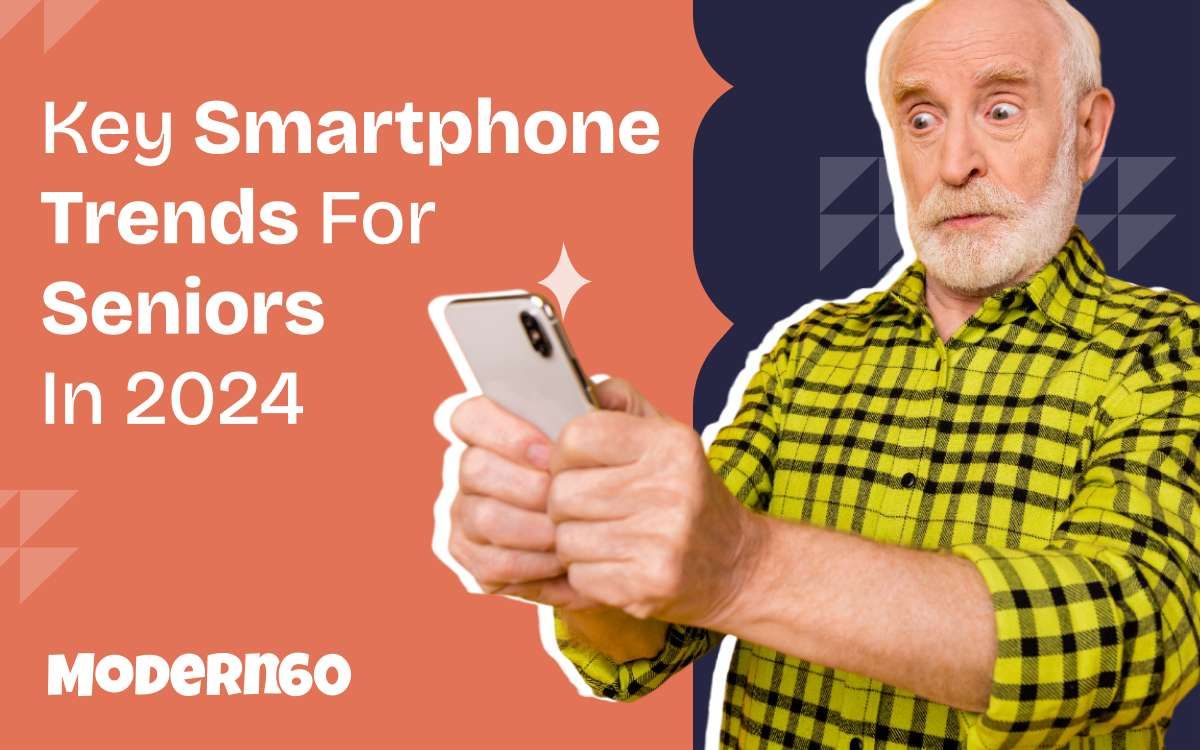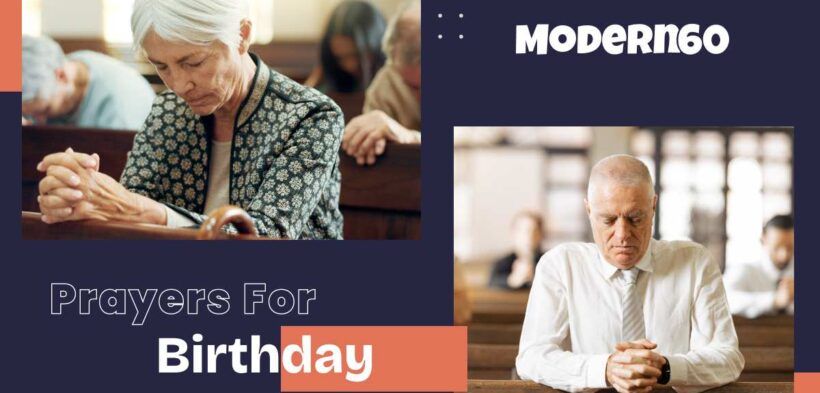Senior Smartphone Trends to Watch in 2024
Most older Americans now own smartphones, download dozens of apps, send regular text messages, and spend hours on mobile screens daily.
Smartphone adoption among older Americans continues to grow. Most now own smartphones, download apps, send text messages regularly and spend hours on their mobile devices daily.
Seniors are increasingly tech-savvy and rely on their smartphones for many daily activities. Key trends to watch include increased use of mobile payment apps, video calling with family and friends, health and wellness apps, on-demand services like rideshares, and social media apps.
As smartphone technology advances, it is empowering older adults to stay connected, engaged, and independent. Understanding how seniors use mobile devices provides insights into meeting their needs today and in the future.
Earlier this year, we documented a dramatic rise in online activity among older Americans, stemming primarily from pandemic conditions. In turning to the internet for finances, food orders, and social media, many Americans aged 60 or older proved they could learn new tricks. We also wanted to know whether this technical dexterity had similarly inspired widespread cell phone use among mature adults.
Our Research revealed
- 98% of people age 60 or older own a mobile phone, and four out of five have a smartphone.
- Three in four older Americans send text messages at least once a day, and a majority say texting is their preferred form of communication. About 46% say they texted more this year than last.
- 65% of adults aged 60 and older spend 3 hours or more each day on their phones. On average, older adults have 25 apps installed on their phones.
- When asked what kind of smartphone apps they’d be willing to try in the next six months, older Americans were most interested in e-books, podcasts, or home security apps.
Cutting the Cord on Communication: Nearly All Older Americans Have Gone Cellular
It’s a common comic trope to depict elderly people as reliant on landlines and faxes, but the truth is that almost every older adult now owns a mobile phone.

Not only do 98 percent of people aged 60 or older own a mobile phone, but 81 percent have a smartphone. Sixty-one percent use the intuitive Apple iPhone (chosen as one of the easiest cell phones for seniors to use), but a significant number possess Android devices.
This level of adoption may be driven by pandemic restrictions. With COVID concerns limiting in-person gatherings, older Americans have turned to alternate methods for staying close with family. Phones sadly don’t allow for hugs from grandchildren, but they offer several options for keeping in touch.

Somewhat surprisingly, texting was the preferred method of communicating among seniors. Older Americans still aren’t as committed to messaging as younger generations (who chose it three-to-one over calling), but a majority of mature adults preferred reaching out with a text.
Texting was not only the favoured method but one that was frequently used. Three in four older Americans currently text at least once each day, with nearly two in three doing so several times.

Notably, the amount of texting among older Americans also continues to grow. What might have been a novelty in the pandemic’s first year has increasingly become a habit. Only 4 percent of respondents texted less this year than last, while 46 percent said they sent more messages this year. Yet messaging is far from the only activity occurring on mature adults’ phones.
The Most Popular Apps Among Older Americans
With most older Americans now owning smartphones, it follows that apps have also been embraced by the group. The median number of apps installed by respondents was 25, but around one in four people had downloaded 50 or more apps.

Several gender-based differences in app downloads emerged, but overall, meteorology apps were most common among both sexes.
Women were significantly more likely to have installed social media apps, shopping apps, e-book readers, and games. App types more often installed by men included financial trackers, business/work platforms, and dating services (which men downloaded 3x as often as women).
Among both men and women, social media apps were the programs used most often.

Specifically, Facebook is the favorite icon on older Americans’ smartphones. Despite losing favor among younger users, the platform’s blend of news, entertainment, and family connections keeps it popular with the more mature set.

Mobile apps are now so popular with older adults that they’re devoting similar time to their phones as younger users. Two in three Americans aged 60 or older spend 3 or more hours on their phones each day, mirroring the national average of 3 hours, and 10 minutes. One in four women reported using their phones for 6 or more hours a day.
After mastering messaging and downloading dozens of apps, what lies ahead for those with smartphones over 60? Perhaps silver foxes on TikTok and senior Snapchats? Our survey sought to uncover what’s next.
Apps Poised to Pop with Seniors
To determine which downloads are still gaining traction among older Americans, we first assessed which categories were most recently downloaded. Among the 30 percent of smartphone owners who tried new kinds of apps in the past year, these were the most popular types:

Health tracking programs, home security monitors, podcast players, and dating apps showed the most proportional growth, with at least 15 percent of each category’s users joining in just the past year.
We also wanted to know which apps seniors may begin using in the willingness to try new apps in the next six months and found that 62 percent were open to exploring different kinds. Among those ready to sample new types of platforms, these fields generated the most interest:

E-books, podcasts, and video streaming all demonstrate untapped potential among seniors, indicating the appeal of additional entertainment options, while the desire to download new travel apps likely reflects the broad hope that trips and tourism may soon return to real life.
Smartphone Use Among Older Generations (Succes Story)
Mary Johnson, a spry 70-year-old grandmother in Ohio, reflects this growing trend. After retiring, Mary found herself at home a lot and wanted to connect more with loved ones spread across the country. Her daughter finally convinced her to get a smartphone. At first, Mary only used it for simple things like texting or looking up recipes. But after attending a class at her local senior center on using smartphones, she discovered a whole new world of possibilities.
Now Mary uses innovative apps to have virtual game nights with her grandkids, easily get an Uber to meet friends around town, and even track her health habits like sleep, nutrition, and exercise. Her smartphone helps Mary stay active, social, and independent in her daily life. Stories like Mary’s underscore how seniors are increasingly embracing mobile technology.
Final Thoughts
Older Americans looking to stay in touch with loved ones and keep life convenient under pandemic restrictions not only turned to the internet but did so with the help of smartphones.
Unable to dissuade youngsters from obsessing over screens, it seems many seniors may have decided to join the crowd.
Those over 60 have taken to regularly texting, joining social media, and spending hours on devices each day, with the frequency of messaging expanding year-over-year and interest in new apps still growing.
Additionally, service providers have noticed – or perhaps fueled – the expansion of this maturing market with excellent cell plans for senior customers, so usage is unlikely to weaken.
It’s time to get used to seeing older Americans swiping left and right, trading stocks online, and trying new apps with ease.
FAQs and on Senior Smartphone Trends
Some of the most popular smartphone activities for seniors include video calling friends and family, using rideshare services like Uber, managing health through wellness apps, mobile payments and online shopping, and accessing social media platforms.
Smartphones are empowering seniors by keeping them connected, engaged, and independent. Seniors rely on smartphones to communicate with loved ones, access on-demand services, pursue hobbies and interests, and monitor their health and well-being.
Recent surveys indicate over 85% of American seniors aged 60+ now own a smartphone, up from just 42% in 2016. Adoption is steadily increasing as older generations embrace mobile technology.
Yes, senior engagement on social media is rising. Over 50% use Facebook regularly to connect with friends and family. An increasing number are also using Instagram, Pinterest, Twitter and Snapchat. Social media provides entertainment and a sense of community.
Health and wellness apps provide seniors convenient access to track health data like blood pressure, blood sugar, exercise, heart rate, sleep patterns and more. This allows better health monitoring and supports independent healthy living.
Smartphones now provide features like voice commands, mobility assistance, enhanced text legibility, emergency response systems, and hearing aid compatibility to make mobile technology more senior-friendly.
Our Data
In January 2024, Modern60 conducted an online survey of 652 U.S. residents aged 60 or older. Our panel was representative of the gender proportions for this age group (56% women, 44% men).










There are no comments yet